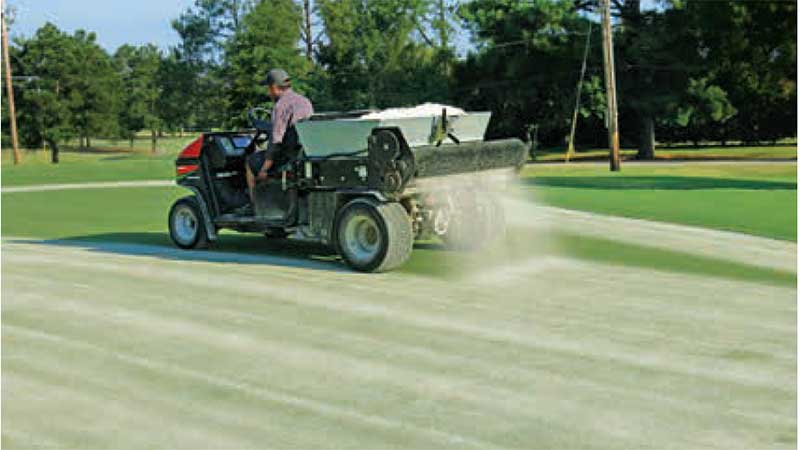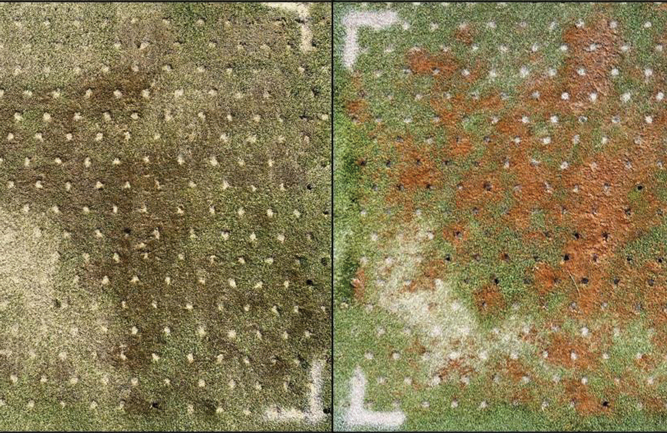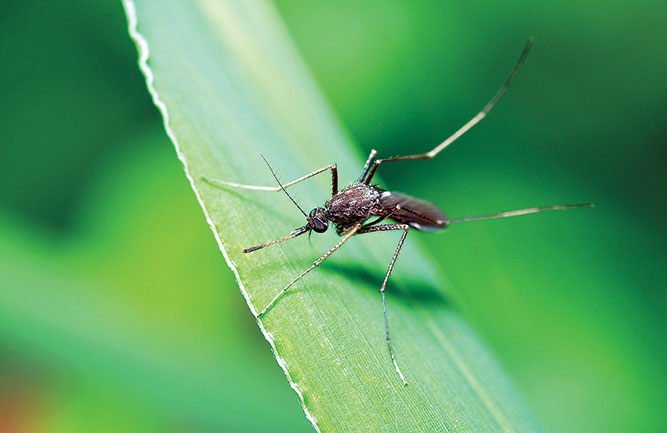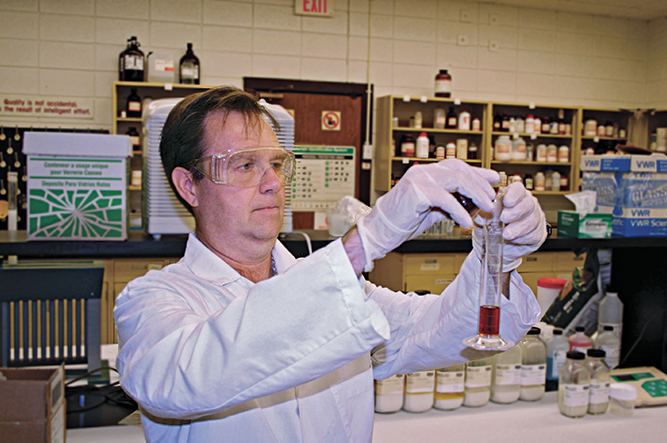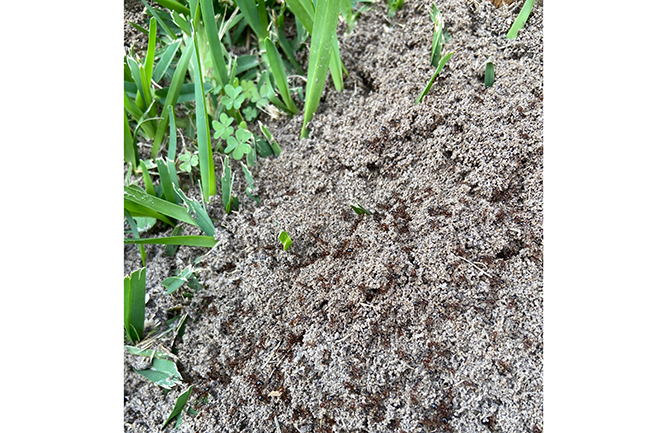Why light and frequent topdressing programs are important
Sand topdressing is one of the most important practices for producing smooth putting surfaces and diluting thatch and organic matter. Despite this fact, some courses only apply sand during aeration or infrequently during the golf season to avoid disrupting golfers ...Read More






